Securing top talent can be a challenge right now. Many workers are reconsidering their relationship with work, and some are pursuing entrepreneurial adventures as part of “The Great Resignation.” Plus, remote work can make it difficult to onboard new hires and gauge how they connect with existing teams. While thoughtful hiring practices are essential to hiring top talent, getting the right people doesn’t always translate into a focus on strategic or mission-critical work.
Making the most of your talent means prioritizing proactive efforts and strategic thinking. Organizational culture can have an impact. Unfortunately, few companies adopt best practices for meetings to avoid the negative impact they can have on productivity and mental health.
Technology can play a huge role here. With the proper infrastructure, organizations can streamline the way information is shared and accessed, empowering employees to make more data-driven decisions. Technology can also automate routine processes and communications, eliminating low-skilled work that’s critical to business functions.
Just so you know…
Provide your valuable employees with a professional productivity tool to streamline workflows.
To foster growth, company leaders must address three factors that impact how much time employees spend doing work that makes a tangible impact on the business: sharing data thoughtfully, automating low-value work, and driving efficiencies through processes.

Thoughtful data sharing
Data has become a commodity that businesses rely on to improve their competitive advantage. How data is collected, stored, and shared can significantly impact long-term growth.
Start with an inventory of your technology stack and look critically at what’s happening inside your organization to root out processes that no longer make sense. Every organization has some level of inertia — doing things a certain way based on existing systems, because it’s the path of least resistance and because change is hard. Involving key stakeholders will help alleviate pushback to change in the long run.
Survey departments to identify bottlenecks and opportunities for quick wins. Ask department heads and members of the C-suite what data would be valuable to have but is currently challenging to get. Identifying siloed systems and ways to connect them is a great way to secure funding for technology that supports data-driven decisions for long-term growth.
Solutions that allow you to create online portals or apps teams can use provide another way to foster team collaboration and data sourcing. Consider shared data to support training and review cycles for human resources, knowledge banks for help desk and customer service teams, and approval workflows for finance and marketing.
Ensure access is tailored appropriately. For example, HR teams will need to protect sensitive information from some without restricting access for others.

Heavily regulated businesses can be slow to adopt new technology and often have the most to gain. Take stock of systems for maintaining health and safety records or archiving communication and transaction records. If your organization manages remote workers in the field, look for solutions that securely bridge the offline and online gap.
Managing data from a centralized, secure system protects your organization and clients. A central IT department is often responsible for or has the most insight into an organization’s technology stack. If you don’t have the infrastructure or specialization for your project, here are five tips for evaluating technology solutions.
Removing silos to enable team collaboration
Given a choice, everyone wants their data solution customized to their needs. But custom solutions that create silos or increase security risks are never good.
Focus on finding a data management solution that provides complete user management. The ability to control access to data is the most crucial capability. Ideally, a centralized database provides custom views and access settings so that an entire organization can benefit from informed decisions without the added risk of exposure.
As digital natives make up an increasing percentage of the workforce, the likelihood of non-employer-sponsored technology adoption grows. The employee who inadvertently downloaded something that exposed their organization to hackers is a well-known cautionary tale. The less obvious risk occurs when tech-savvy employees adopt third-party solutions to manage company data.
Organizational data held in individual accounts can be difficult to recover or access when those individuals leave the organization or are let go. To get in front of this, provide guidelines for vetted subscriptions controlled at the enterprise level.
Automating low-value work
Reducing administrative tasks spurs growth and enables the faster pace and meaningful work many digital natives seek.
Productivity and project management solutions that can automate approvals and the gathering of signatures can help. From a simple two-party exchange to a multistep, conditions-based workflow with opportunities to nudge, restart, or escalate the decision-making process, automating these processes saves employees from writing redundant emails and keeps them focused on meaningful work.
Solutions that reduce your cost per signature will help you save money beyond resource allocation. Many third-party providers now offer native alternatives for collecting legally binding electronic signatures, which can reduce huge line items from budgets.
To thoroughly vet productivity solutions, recruit project managers and rank-and-file workers to evaluate capabilities and features. A PWC survey of more than 12,000 workers found that 73 percent knew of systems that would help them produce higher-quality work.
Involving the people who will use the tool daily can uncover potential shortcomings and possible alternatives. A robust solution will make it easy to automate emails, invite comments, assign or reassign tasks, upload files, and report on status as needed.

When evaluating new additions to your tech stack, always ask, “What else could we do with this tool? What could we replace?”
Maybe you can replace your customer relationship management (CRM) software. Perhaps there’s an online payment processor integration that doesn’t tack on additional fees. These represent opportunities to cut expenses and minimize complexity, making it easier to grow and scale.
Automating data reporting
Another way to enable growth is to look at organizational reporting. Initially, a handful of vendors led the way with big data and data visualization innovations. But now, many holistic data management and productivity providers include reporting features with similar functionality, offering a seamless experience and reduced complexity.
Take stock of which departments are regularly generating reports. Does the process involve manual manipulation? Are different systems used for storing and reporting on data?
If the answer to either of these questions is yes, you have an opportunity to boost productivity. While it can be easy to integrate specialized solutions, it’s worth considering the value of maintaining them. Let’s consider a kitchen analogy.
The recent proliferation of kitchen gadgets (air fryers, dehydrators, turbo-charged blenders, instant pots, etc.) claims to make life easier. But these gadgets are expensive, clutter your counter, and come with a learning curve. Do you need another way to make your favorite meal?
Holistic solutions like Jotform Enterprise can create substantial savings in time, training, and subscription services. Start small by identifying one department to pilot a new solution. Let the new and existing systems coexist for a while. If the new option works, get rid of the extra weight.
Using single sign-on to promote productivity
People often think about single sign-on (SSO) as a way to securely access accounts. But SSO can unlock tremendous productivity and resource gains by pre-populating data on forms, eliminating redundant data entry, speeding submissions, and increasing conversion rates.
Applying SSO also reduces time spent on the back end quality-checking data and removing errors related to manual entry. Reap the total value of your data by replacing manual inputs wherever possible.
Driving efficiencies through processes
Most organizations are guilty of collecting information and managing projects over email. Because it’s readily available to everyone, email is the workflow tool of choice. But you don’t have to look hard to realize that email isn’t an optimal solution.
Emails can contain multiple threads with disparate information and context, and key stakeholders can be inadvertently excluded, resulting in poor decisions and backtracking. Perhaps the worst impact of an over-reliance on email is version control. Using a central system to manage and share information will save you in the long run.
Another way to make the most of your workforce is to create templates and playbooks that save employees from reinventing the wheel. Resources like these can also ensure employees meet required compliance and privacy protocols.
Privacy rights and regulations can vary by state, country, and industry. Whenever possible, set stored information to auto-delete as required by law. To save time and ensure compliance, auto-populate disclosure language in templated communications.
Securing top talent for your organization is only the first step to success. To drive growth, leaders must make the most of their workforce by adopting technology that provides access to necessary data, frees employees from low-value tasks, and streamlines and automates processes.
Hastily adopted digitization and automation solutions prompted by COVID-19 are due for reevaluation. Survey employees to identify improvements that ensure they can make the most of their talents. Giving staff greater ability to make a meaningful impact can reduce the odds of losing them to an entrepreneurial effort. Don’t wait for the next life-changing event to overhaul your technology stack and position your organization for future growth.




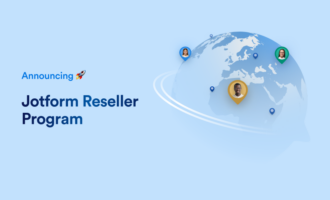







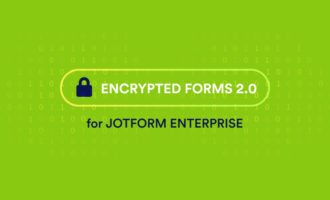
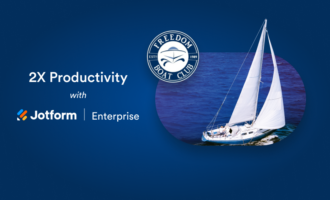
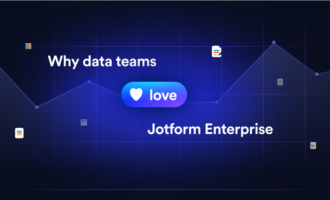




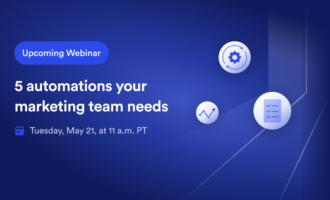




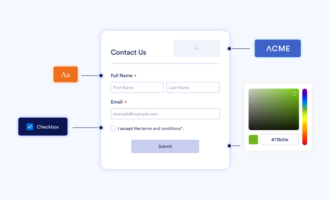









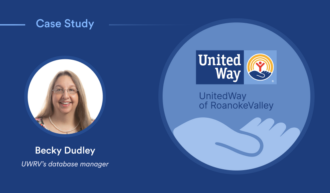

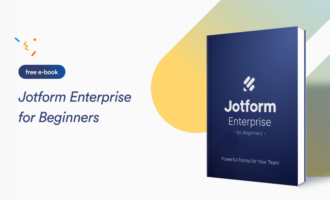








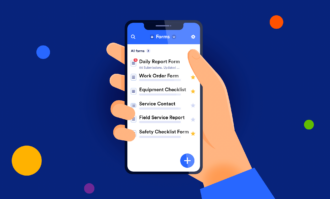


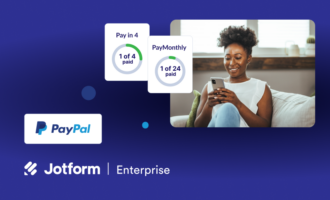




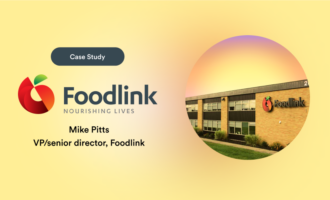






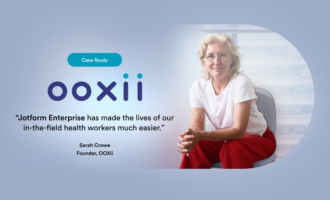


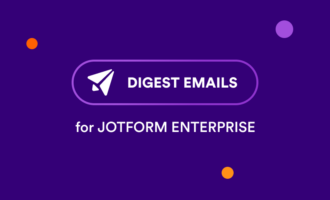


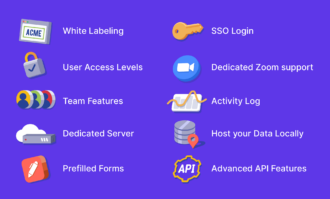





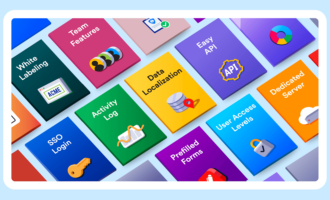

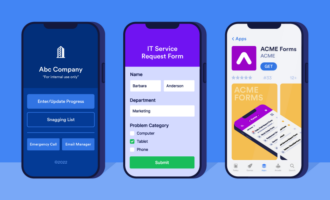





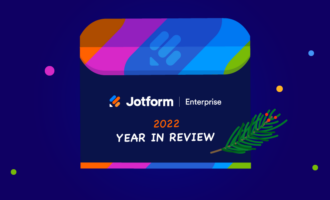

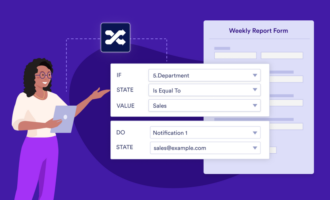


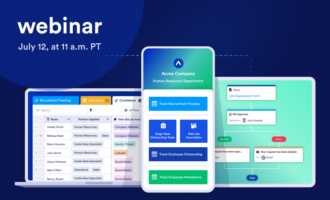











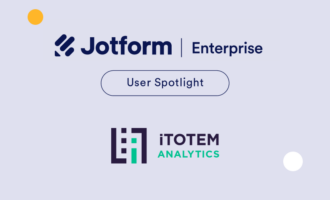





Send Comment:
1 Comments:
More than a year ago
Good very good when you help me